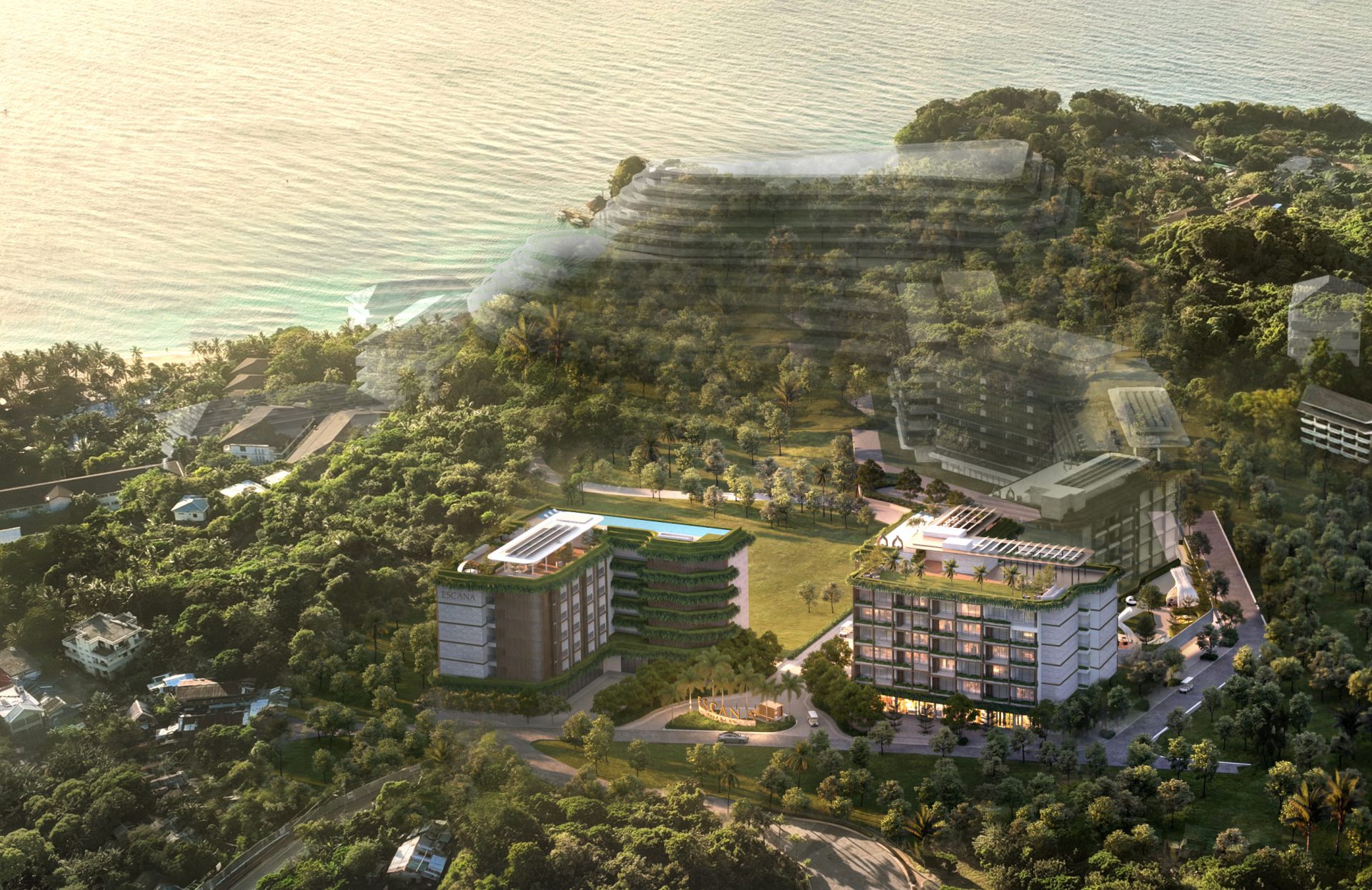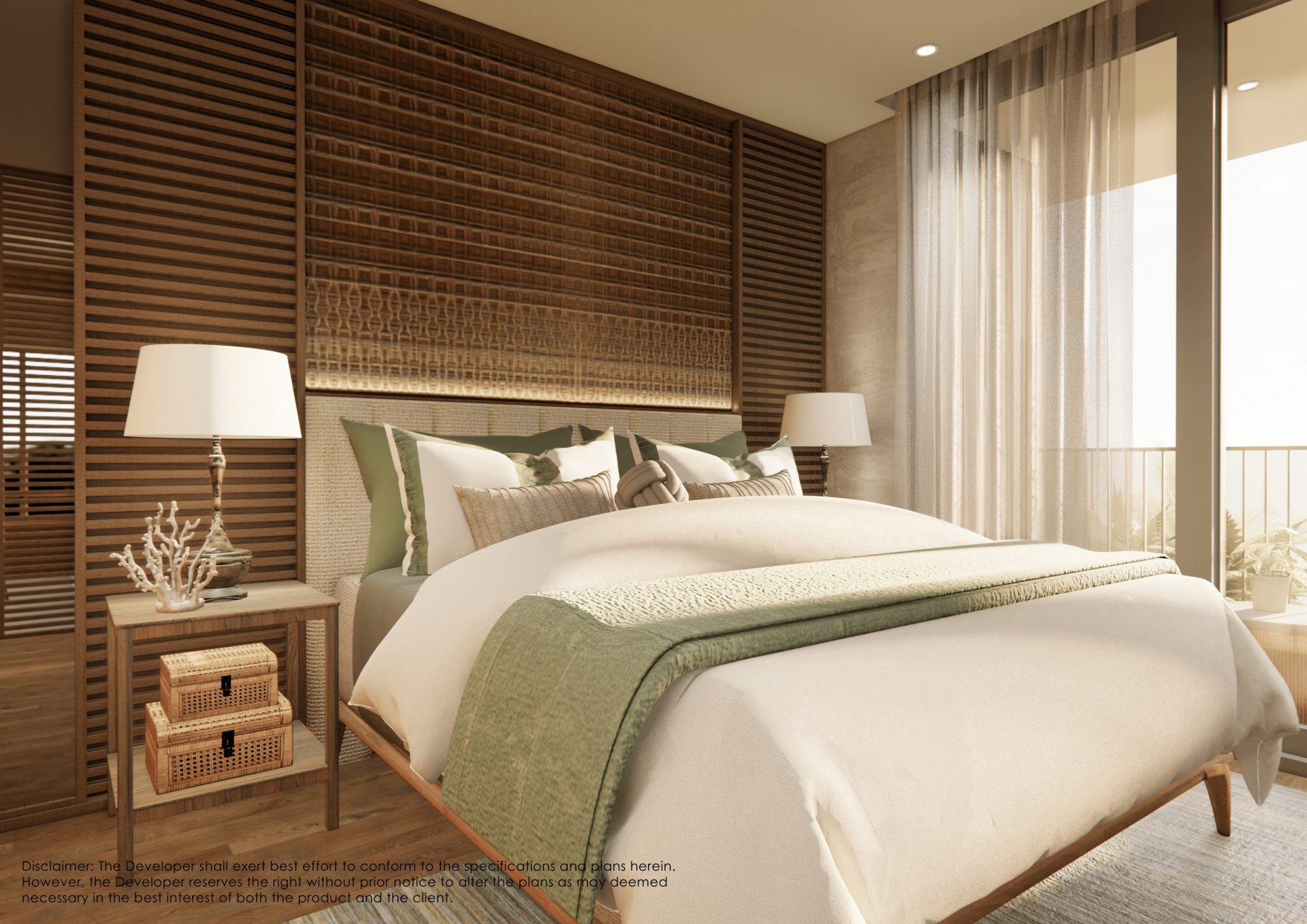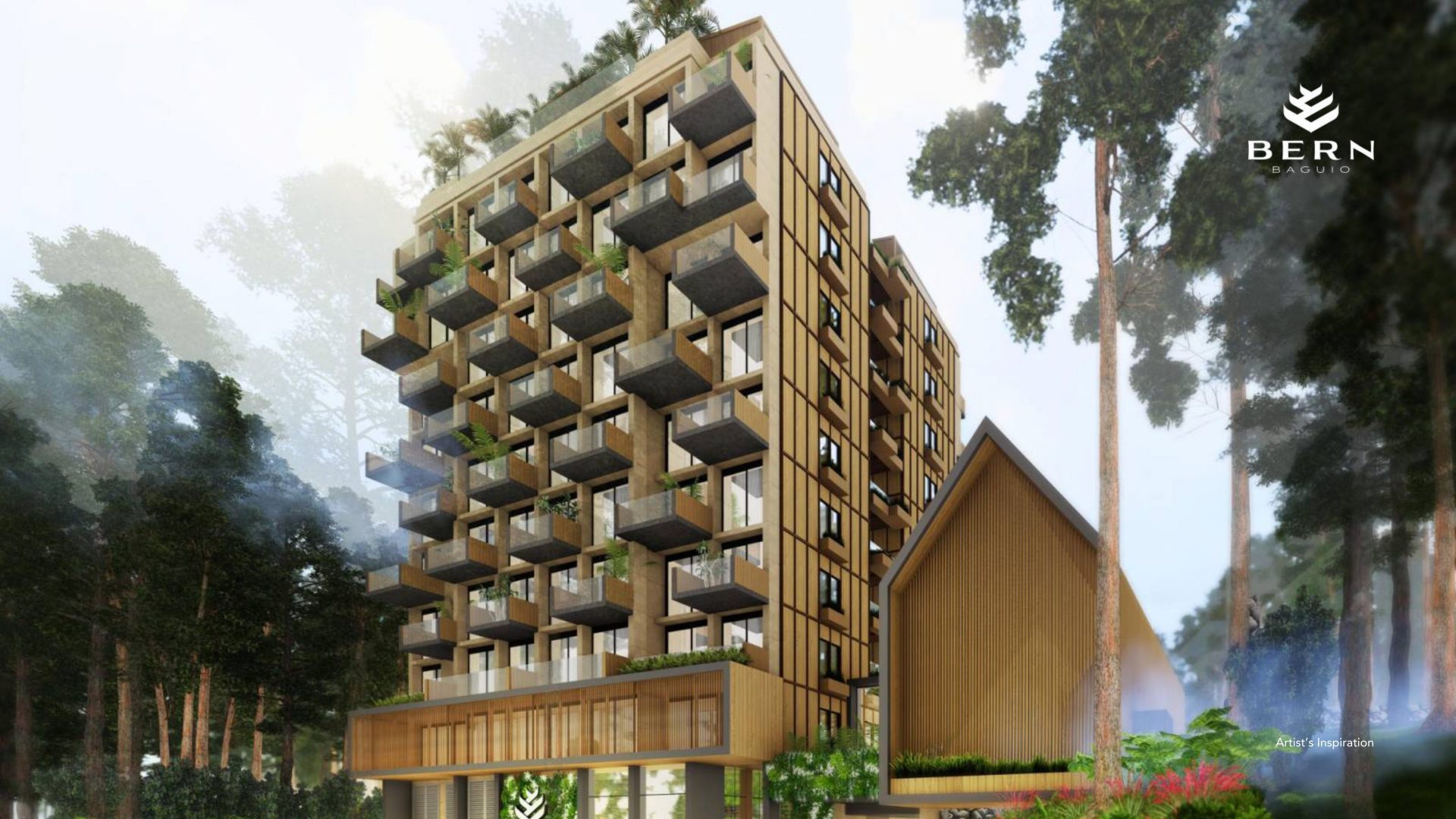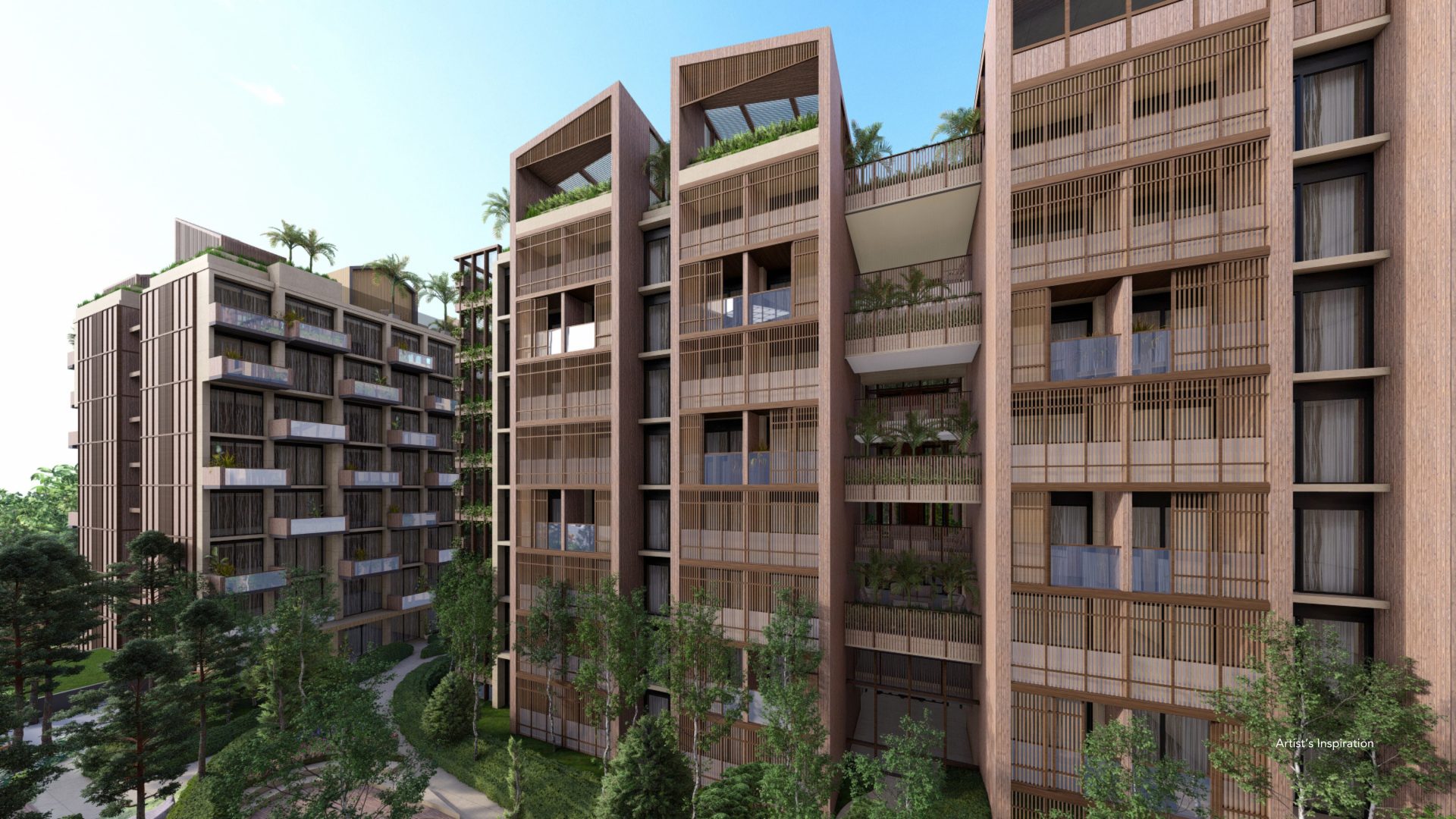BLOGS
Weaving Communities in Davao: Exploring the Rich Tapestry of Tradition and Artistry
Nestled in the vibrant tapestry of Mindanao, Philippines, Davao stands as a haven for the weaving communities that have carefully preserved and passed down their rich traditions through generations.
In the heart of Davao City, the T’boli Weaving Center acts as a guardian of these ancient practices, connecting locals and visitors alike to the intricate world of traditional weaving.
The T’boli Weaving Center
Davao City, the bustling metropolis located on the southern part of the Philippines, is a gateway to the diverse culture and heritage of Mindanao.
The T’boli Weaving Center, situated within the city, serves as a hub for artisans to converge and showcase their weaving expertise. Here, the skilled hands of Mandaya weavers meticulously craft textiles, keeping the spirit of traditional weaving alive. The center is a melting pot of cultural influences, a place where the art of weaving is not merely a skill but a celebration of heritage.
Visitors can witness the meticulous process of weaving, gaining insight into the various techniques employed by the weavers to create the vibrant patterns and intricate designs that define their craft.
Weaving Communities in South Cotabato
Venturing beyond Davao City, the journey into the weaving dreams of Davao leads to South Cotabato, where a myriad of weaving communities contributes to the rich tapestry of the region. One such community is found in Lake Sebu, where the T’nalak weavers use abaca fibers to create the renowned T’nalak cloth.
The use of abaca fibers is a testament to the resourcefulness of these communities, as they transform locally sourced materials into works of art. Lake Sebu, with its picturesque landscapes and cultural significance, serves as an ideal backdrop for understanding the deep connection between the environment and the art of traditional weaving.
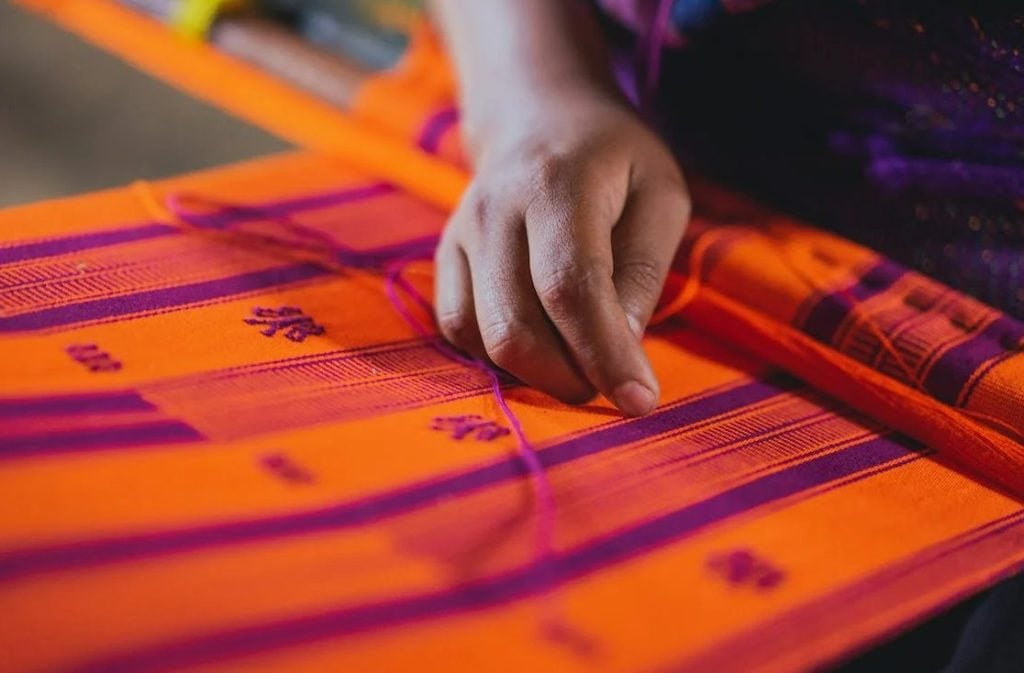
Natural Dyes and the T’nalak Weaver
Within the weaving tradition of Davao, the T’nalak weavers stand out for their distinct use of natural dyes. Derived from plants, fruits, and other organic sources, these dyes not only enhance the visual appeal of the woven textiles but also represent a commitment to sustainability and eco-friendliness.
The T’nalak weavers are known for their mastery in creating vivid patterns using natural dyes, showcasing a harmonious blend of artistry and environmental consciousness. The vibrant hues produced from sources like fu dalo (a plant used for yellow dye) add depth and authenticity to the T’nalak cloth, making it a sought-after textile both locally and internationally.
The Art of Weaving in the Davao Gulf
As one ventures towards the Davao Gulf, the weaving communities along the coastline reveal the influence of maritime life on their craft. The interplay of sea and land, reflected in the patterns and colors of the woven textiles, creates a unique tapestry that tells the story of the people who call the Davao Gulf home.
The use of silk, cotton, and abaca fibers in the coastal communities’ textiles highlights the adaptability of weaving traditions to the available resources. The intricate embroidery and beadwork on these textiles serve as a testament to the meticulous craftsmanship of the women who weave dreams into every thread, preserving the essence of their culture.
Fu Dalo Tribe: Guardians of Tradition
In the hinterlands of Davao, the Fu Dalo Tribe stands as guardians of the weaving tradition, passing down their craft through generations. The tribe’s commitment to preserving their heritage is evident in the way they meticulously weave stories, symbols, and life experiences into their textiles. The Fu Dalo Tribe’s textiles not only serve as functional garments but also as tangible expressions of their identity and cultural pride. Every woven piece is a testament to the tribe’s resilience, creativity, and their deep-rooted connection to the land they call home.

Preserving Culture through Craftsmanship
Weaving is not merely a craft in Davao; it is a way of life intricately woven into the cultural fabric of the Philippines. The skill and artistry of the weavers are central to the preservation of traditions that might otherwise be lost to time. By engaging with the weaving communities, locals and visitors alike contribute to the sustainability of these age-old practices.
The textiles produced by these communities serve as living artifacts, carrying with them the stories of generations past. The preservation of this craftsmanship is essential not only for the communities themselves but for the broader Filipino culture, as it adds layers of diversity and depth to the country’s rich heritage.
A Journey Through Textiles
Embarking on a weaving journey in Davao is not just a trip; it’s an immersive experience into the soul of the Philippines. The vibrant patterns, the tactile richness of the cloth, and the stories embedded in every stitch invite visitors to connect with the cultural roots of the region.
Visitors can partake in hands-on workshops, learning the intricate techniques of traditional weaving from skilled artisans. The fusion of creativity, heritage, and a touch of modernity in these workshops showcases the dynamic nature of the weaving tradition in Davao.
Beyond the Loom: Beads, Patterns, and Tapestry
Weaving in Davao extends beyond the loom, incorporating beads, patterns, and tapestry to create a multi-sensory experience. The use of beads as embellishments adds a touch of luxury to the textiles, reflecting the attention to detail and the weavers’ commitment to producing masterpieces.
Patterns in the textiles tell stories of folklore, mythology, and daily life, providing a glimpse into the cultural landscape of Davao. The tapestry created by these patterns is not just a visual feast but a narrative that unfolds as one explores the intricacies of the woven textiles.
The Role of Women in Weaving Communities
In Davao, women are the primary architects of the intricate tapestry that defines the weaving tradition. Through their skilled hands, the patterns come to life, and the textiles become carriers of culture and stories.
The empowerment of women within these communities is evident in their central role in preserving and advancing the art of weaving. Weaving is not just a means of economic sustenance for these women; it is a form of self-expression and a source of pride. As they gather in weaving centers, the women share not only techniques but also the camaraderie that comes from being part of a tradition that transcends generations.
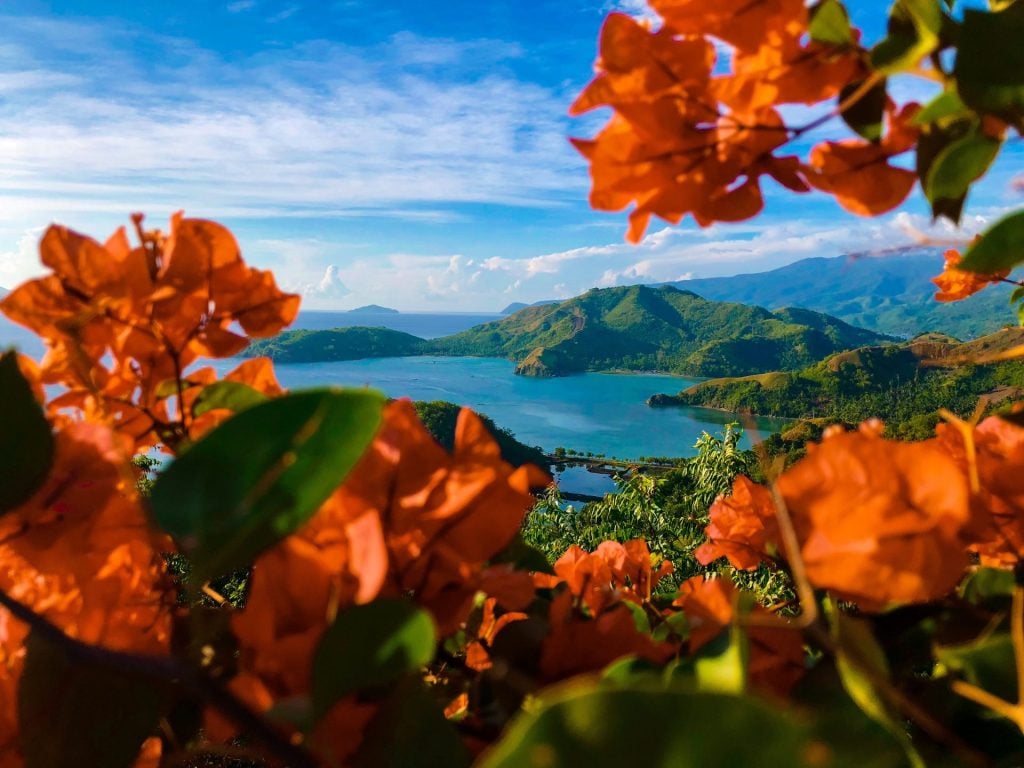
Weaving Dreams in Davao for Future Generations
As the weaving communities in Davao continue to weave dreams into every textile, the importance of passing down this tradition to future generations becomes apparent. The art of weaving is not static; it evolves with each generation, absorbing new influences while retaining its core identity.
Preserving this heritage is a collective responsibility, one that involves the local communities, government support, and the engagement of visitors who seek to appreciate and understand the intricacies of traditional weaving. By weaving dreams for the future, Davao ensures that its cultural tapestry remains vibrant and alive.
Weaving dreams in Davao is more than a craft
Weaving is a living testament to the resilience, creativity, and cultural richness of the Philippines. From the T’boli Weaving Center in Davao City to the coastal communities along the Davao Gulf and the Fu Dalo Tribe in the hinterlands, the weaving tradition connects people to their roots, their land, and their stories.
As travelers embark on a journey to Davao, they are not just witnesses to a craft; they become part of a narrative that spans generations. Weaving dreams in Davao is an invitation to explore the threads that connect the past, present, and future, creating a tapestry that reflects the soul of the Philippines.
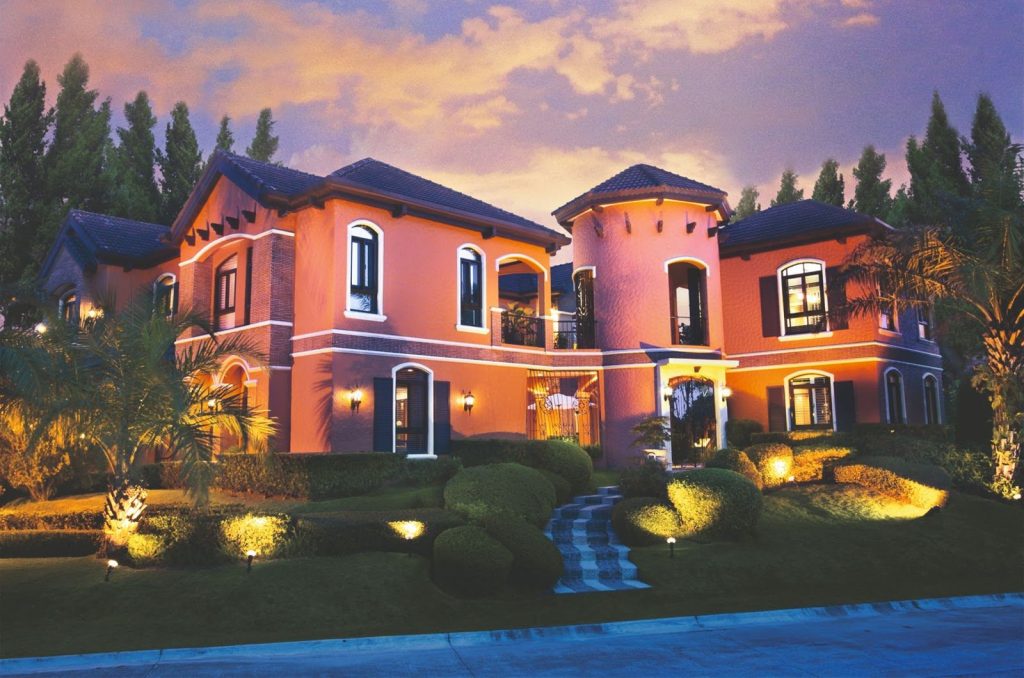
The Rich Tapestry of Brittany Communities
In the sumptuous tapestry of the Brittany communities, the connection to weaving emerges as a metaphorical thread that binds these diverse havens together.
Crosswinds, a hallmark of sophistication, quality, and elegance, reflects the precision and attention to detail found in traditional weaving. Each Brittany community becomes a vibrant thread in the larger fabric of the country’s key destinations, creating a colorful and refined lifestyle.
Forresta Villar City, a nature-inspired development in Alabang, reflects the artistry of weaving in its seamless integration of contemporary homes and natural settings. Like a well-woven tapestry, this community brings together modernity and nature, creating a harmonious blend that resonates with the intricate patterns found in traditional fabrics.
Bern Baguio invites residents to escape into the tranquility of Cordillera, where green mountain idyll and breathtaking scenery become the backdrop of their lives. The community, much like a woven masterpiece, showcases the elegance and serenity that weaving traditions embody.
Pievana, nestled in Santo Tomas, Batangas, weaves a community nurtured by nature, akin to the delicate interlacing of threads in traditional weaving. Here, life unfolds like a vibrant fabric, each resident a unique strand contributing to the overall beauty.
Brittany Sta. Rosa, with its English countryside-inspired charm, unfolds as a woven tapestry of wide-open spaces and beautiful landscapes. The sweeping views of well-groomed fairways mirror the precision and artistry inherent in traditional weaving patterns.
In essence, these Brittany communities are not just places to live; they are woven dreams, where the threads of nature, culture, and sophistication intersect to create vibrant and harmonious lifestyles. The connection to weaving becomes a metaphor for the careful crafting of these communities, each one a masterpiece in its own right, woven with care and artistry.
Suggested Read: The Difference Between Satin Vs. Silk Pillowcases
Suggested Read: Pet-Friendly Fabrics For Your Dream Interiors
Suggested Read: Living in Davao: Is It A Safe Place To Live In
Suggested Read: Why Santa Rosa Is Perfect For Its Residents
Suggested Read: Pet-Friendly Fabrics For Your Interiors



